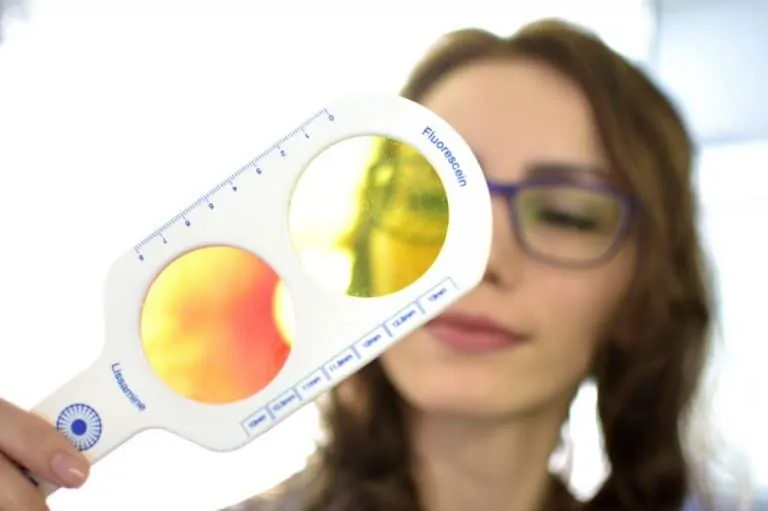What is Color Blindness?
color blindness more accurately termed color vision deficiency, is a visual impairment that affects a person’s ability to perceive or differentiate between certain colors. Although commonly referred to as “blindness,” most affected individuals can see colors but not as distinctly as those with normal color vision. This article delves deep into the causes, symptoms, diagnostic methods, and available treatments for color blindness.

Causes of Color Blindness
Color perception takes place in the retina’s cone cells, each type sensitive to different wavelengths of light: red, green, and blue. It arises when one or more of these cones malfunction or are absent.
The main causes are:
- Genetic Factors: The most common cause, it’s usually inherited from the parents. Inherited color deficiencies are much more common in males than in females.
- Diseases: Conditions like glaucoma, age-related macular degeneration, and diabetes can affect color vision.
- Medications: Some medications have side effects that can alter color vision.
- Aging: The eye’s ability to perceive colors can diminish with age.
- Chemical Exposure: Prolonged exposure to certain chemicals can affect color vision.
Symptoms of Color Blindness
The symptoms vary based on the type and severity of the condition:
- Difficulty Differentiating Colors: The most common symptom, individuals might find it challenging to tell colors apart, especially those that are similar in shade.
- Inability to See Shades: Some might see the world in a reduced spectrum, like not distinguishing between light green and dark green.
Diagnosis
Identifying color blindness is relatively straightforward:
- Ishihara Color Test: The most widely used diagnostic method, it involves a series of plates with dots of different colors and sizes. Those with color vision deficiencies will not identify numbers or patterns in the dots.
- Anomaloscope: This equipment asks the person to adjust the brightness of two different light sources so their colors match. Those with color vision deficiencies will find it difficult to get a match.
- Automated Color Tests: These are newer digital methods that can be run on computers or tablets.
Treatment for Color Blindness
While there’s no cure for genetic color blindness, certain tools and strategies can help those affected to lead a more comfortable life:
- Colored Contact Lenses: These can help enhance color perception but might distort objects.
- Special Glasses: There are eyeglasses available with filters that help differentiate between colors better.
- Apps and Software: Several mobile apps and computer software can adjust screen colors to make them more distinguishable for color-blind individuals.
- Preventive Measures for Acquired Color Blindness: In cases where color blindness is acquired, treating the underlying cause or changing the offending medication can help restore color vision.
Conclusion
At Shekar Eye Hospital, we understand the nuances of visual challenges like color blindness. While it’s often perceived as a minor inconvenience, it deeply impacts those affected in tasks from choosing ripe fruits to interpreting traffic signals. Regular eye check-ups, especially for children, are essential. Early detection promotes better life adaptations. Though hereditary color blindness has no definitive cure, with our expertise, we guide patients towards a more vibrant life.








